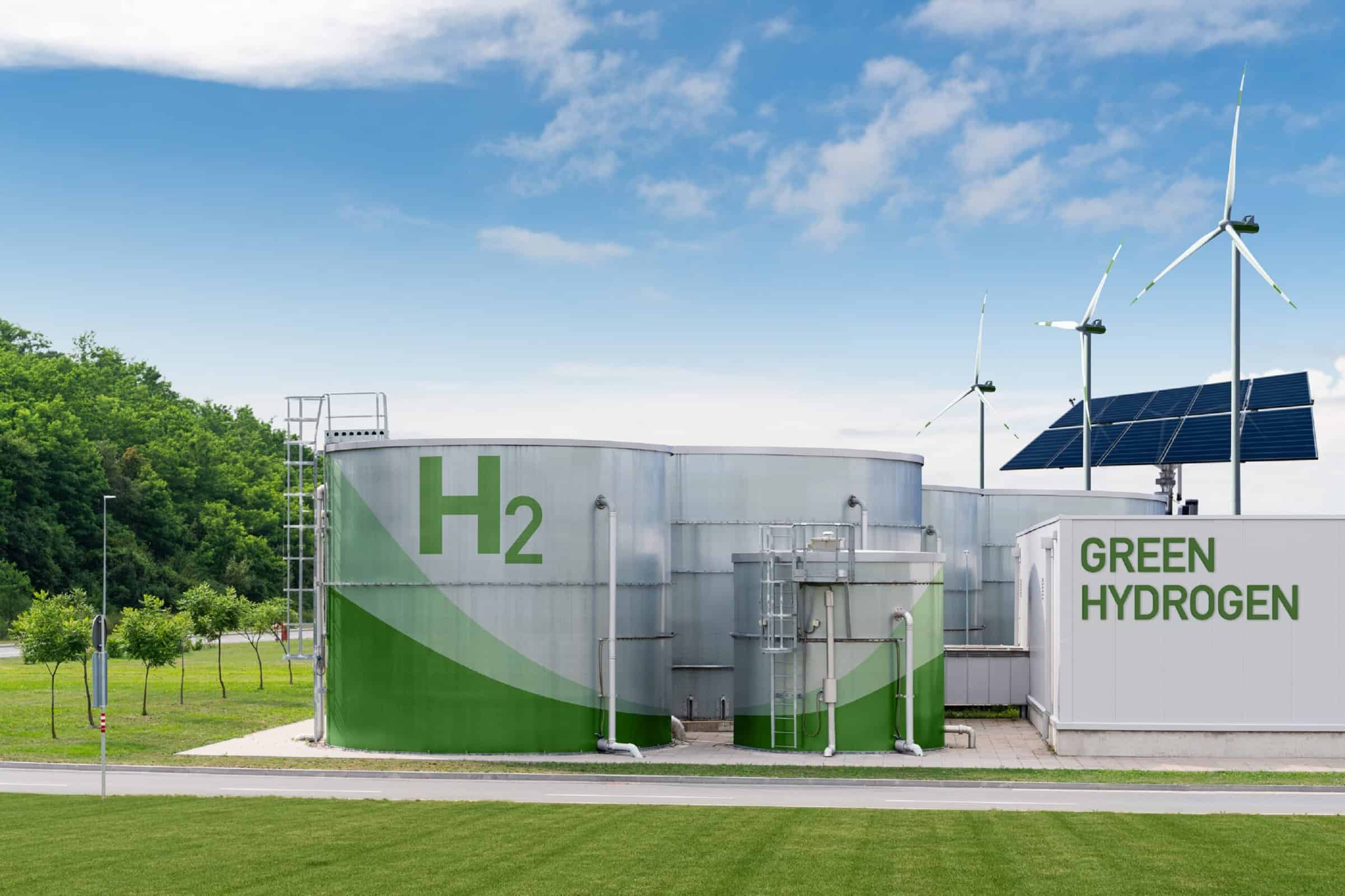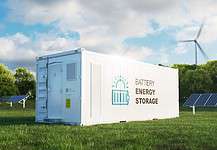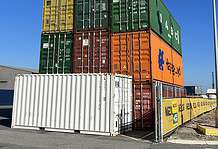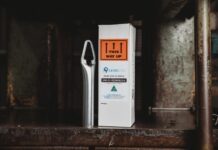PureGRAPH showcases potential in hydrogen production

Independent research has found graphene-enhanced electrocatalysts reduce the amount of power needed during hydrogen generation.
The study by the Centre for Process Innovation UK (CPI) showed electrodes composed of First Graphene’s (ASX:FGR) metal-oxide doped graphene — PureGRAPH — resulted in a 43% reduction in overpotential, the energy required to drive the hydrogen generation reaction.
The PureGRAPH-based electrodes showed overpotential values of 0.175V for graphene-manganese-oxide and 0.170V for graphene-ruthenium-manganese-oxide.
Improvements to the process were also identified that can increase throughput by 64%, reduce raw material costs by 50% and broaden metal oxide options in the product.
First Graphene managing director and chief executive Michael Bell says this is an exciting development for the company.
“This is an exciting development for First Graphene as we develop our next generation of products that can be used in high value industries that will be part of the solution for decarbonisation,” he said.
“With rapid growth expected in hydrogen production catalysts, these results place First Graphene in a strong position to provide a high-performing, cost-effective, graphene-enhanced solution.”
The International Energy Agency forecasts energy production by hydrogen electrolysis will increase from 11GW in 2022 to between 170GW and 365GW by 2030.
Additionally, the global market for water electrolysers is forecast to exceed $10.4b (US$7b) by 2031 and the market for electrocatalyst materials is expected to reach $1.78b (US$1.2b) by 2030.





































